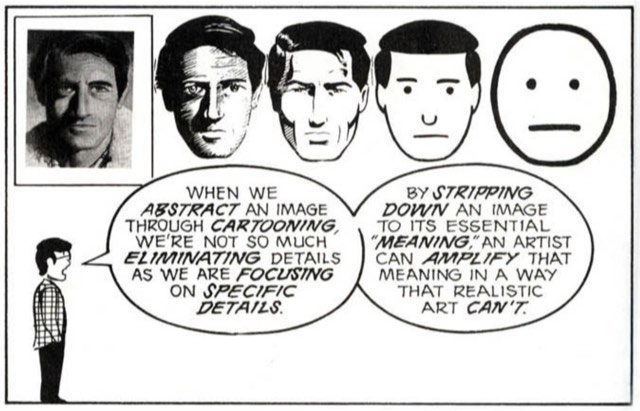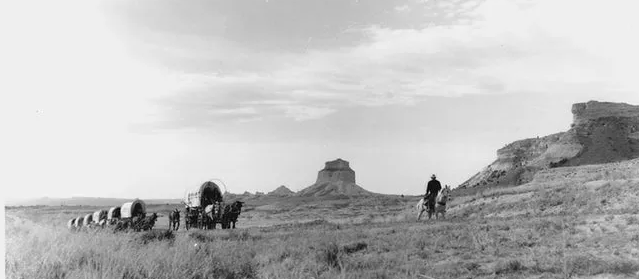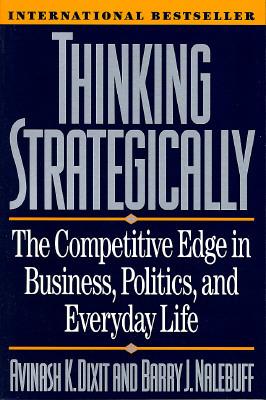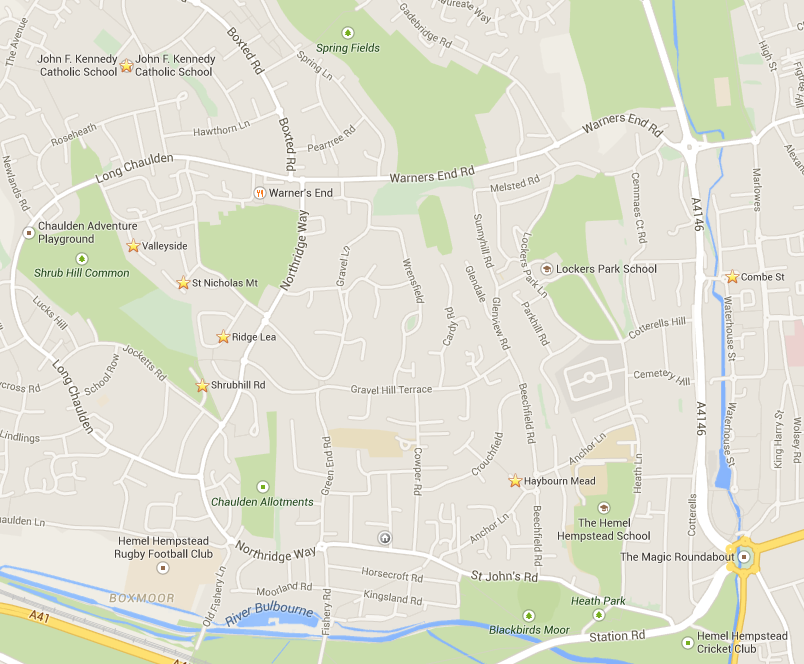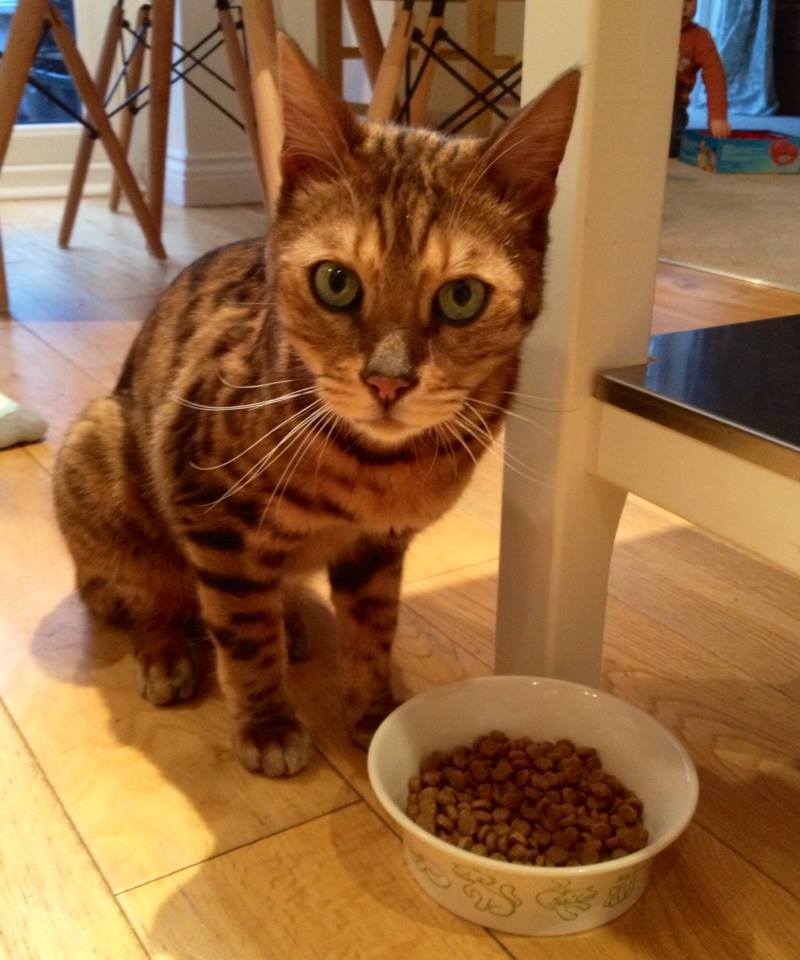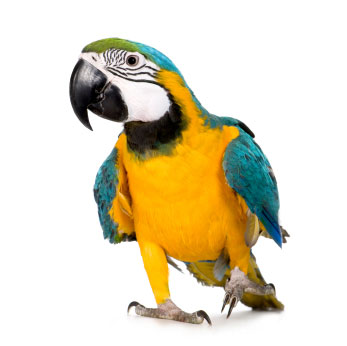
May we enjoy the “free communication of friendship, the taste of reading and of travelling” (JB Say 1803)
I make a solo trip around once a month and have created a set of routines that serve me well. I find travelling to be an important component of being an academic because it provides time and space to concentrate and reflect. Some of the advice below is a little haphazard, but it’s a work in progress.
(1) Packing
For very short trips I’ll use a hold all but for anything more than 3 nights I’ll take a suitcase. From 2008-2022 I used my Rimowa Topas. This has the benefit of holding everything I need (I’ve used it for 2 week beach holidays) but small enough to fit as carry on if necessary, which is handy if there’s a queue for bag drop but I prefer to check it. I’ve only ever had my suitcase go missing once and don’t keep critical documents in it, but they are hassle to carry around with you (especially if you like to spend time at the airport). I very rarely clear customs before the baggage area at reclaim so I don’t feel that checked baggage slows me down. And for connecting flights it makes things significantly easier.
In 2022 I replaced my Rimowa for two main reasons. Firstly, I wanted a four wheeler because they are much more easy to maneuver when queuing. And secondly, because Rimowa were bought by LVMH and pivoted from being a brand focused on travel and quality to one focused on luxury and grotesqueness. I now use an American Tourister Novastream Spinner.
If you’re going to a conference don’t forget:
- Non iron shirts – not because you don’t need to iron them (you do), but because they take less time to iron than normal ones.
- Running shorts (for working in the hotel room, or running).
- Swimming trunks (hotel will often have a pool).
- A decent bar of soap.
- A bluetooth speaker.
- Tea bags (I used to hate green tea or fruit infusions but now I take a stash of tea bags that don’t require milk).
- Plug adaptor.
I carry a charging station whenever I have a bag with me. The main items are a spare battery (handy for on the plane) and charging cables. I love the design of the Mu classic for when I’m in the UK but prefer to use a European or US charger (instead of taking an adapter) when abroad. I also include a small torch for blackouts.
A good wash bag should be light and adapt to the contents. There’s no point having a bulky item of luggage that is only half full. I pack the following:
- Toothbrush (don’t forget a cover)
- Travel size toothpaste
- Razor (you don’t need shaving foam/cream)
- Indigestion tablets
- Aspirin
- Deodorant
- After shave bullet (note I refer to is as an “after shave bullet” rather than a “perfume atomiser”)
- Chewing gum/mints
- Cuff links
- Contact lenses – switching to daily disposable ones has made a big difference because you don’t need to pack contact lens solution, and can swim in them
Note that all of these items are easy to duplicate. Therefore have them in your wash bag and keep them at home. What is the point in having to remember to pack and unpack your toothbrush before and after every trip? Duplicate!
(2) The airport
Yes, I know Tyler Cowen’s advice that if you’ve never missed a plane it means you’ve spent too much of your life at airports. But I do not understand this because time at an airport is highly productive. As Craig Mod says,
You are hacking the airport by arriving early, knowing that all the work you could have done at home — the emails or writing or photo editing — can be done at the airport.
Airports are outside any conventional time zone and so embrace this detachment. They are one of the few places where it’s socially acceptable to have a pint before 10am. Embrace this idiosyncratic! I plan to arrive at least 2 hours before my flight – even if I’m checked in, have my boarding card, and taking carry on luggage. For most people 30 minutes at home is better than 30 minutes at an airport, but once you pass security anxiety drops. Those extra 30 minutes you could have spent at home are fraught because you need to remember to remember your passport; consider traffic; wonder about queues, etc. Once you’ve cleared security you can relax. I don’t use lounges and am perfectly happy to just buy a coffee, find a seat, put on ear/headphones, and read a good book. For most people a 1 hour arrival is plenty of time, but I only do this if it’s less than a 30 minute drive to the airport; it’s a small airport; I know there won’t be a pleasant cafe beyond security; I’m really tired/hungover.
(3) The airplane
Try to stick to one airline. The benefits of a loyalty programme are worth being loyal for.
I need an aisle seat. Not just so that I can get to the toilet easily (which incentivises me to drink more water, which is good) but it also means that I can go for a walk to stretch my legs (also good). BTW it’s usually fine to use the toilet when the seatbelt sign is on and here are some excellent tips for getting more legroom.
Obviously if you are in an aisle seat you should be sympathetic to letting people get out. I will sometimes try to sleep and have no problem at all with being woken. The problem I have is people who are constantly getting things from their bags in the overhead locker. Those people are inconsiderate and evil. Even before having kids I was sympathetic to parents travelling with infants. Although they should stay in Economy.
What to wear on a flight:
- A hoody is cosy and protects your head against unhygienic seats, but if you won’t wear it at your destination it is too much hassle. In which case wear a baseball cap. Or both.
- A gilet is a clever way to have small items like mints, earphones and a mobile phone close to hand whilst being seated – you can get them for < £20.
- Avoid a cold/sore throat from the poor quality cabin air by wearing a lightweight neck warmer.
- High quality comfortable noise cancelling headphones are a must.
Embrace no wifi and read:
- I like something light for takeoff and landing – The Economist, The Week, The Spectator, or New Statesman. Not a newspaper. I do not want newsprint on hands. The in flight magazine is usually a worthwhile backup.
- Then a book. If you like kindle fine but I don’t get it. Who reads so much that they can’t carry hard copies? I often read “big” books. But I won’t get through more than 2 on a trip, so they are not prohibitively cumbersome. Even on a 2 week holiday pre kids I would get through 3 or 4 books, but someone else would have one I wanted to read. Books are portable. Durable. Enchanting.
- Or, I may be reading some academic articles. I can see the point of an e reader then because a stack of papers is heavy. But I like to take notes in the margins, and I enjoy the process of throwing away articles once I’ve read them. So even if your hand luggage is a burden on the outbound journey, it will be much lighter on the return. I’ve found that too many articles, on an array of subjects, is too mentally taxing for a flight.
Or, just watch a movie. Apparently Baz Luhrmann began planning his screenplay for ‘The Great Gatsby’ whilst necking wine on a train through Europe. It reflected this speed and dizziness. I watched it whilst necking wine on a plane over the Pacific, and with proper headphones and a dark cabin I find the audio and picture quality perfectly engaging.
I’ve also started listening to more Podcasts whilst flying. They can be a good way to get through a drama series.
(4) Hotels
Try to stick to one hotel chain. The benefits of a loyalty programme are worth being loyal for.
The mark of a good hotel room:
- A bath wide enough to shower in.
- Electrical socket on the desk and on the bedside table.
- A desk lamp with a switch on the base of the lamp (as opposed to on the wire, and therefore hidden behind the desk).
- Blackout curtains.
(5) Transport
Uber is a game changer for domestic transportation. Whilst I don’t mind using public transport it can be almost impossible in the US, and I think it’s wrong to be insensitive to being ripped off on the grounds that you’re using expenses. When reliant on local taxis I’d often prefer to stay at the hotel, but Uber have made it cheaper and easier to get around. Critically they have removed the cultural uncertainty regarding appropriate fares and tipping; reduced suspicion about appropriate routes; avoided the need to carry cash; and lowered prices.
I totally agree with Michael Jennings’s account of “Why a traveller loves Uber“.
(6) Hospitality
Once upon a time I was fascinated by the amazing set of instructions that Richard Stallman sends his hosts. I have simple preferences (e.g. a working shower, mineral water) but put great weight on them being satisfied. One of my preferences is alone time. As Stallman says,
Many people assume that because I am traveling, I am having a vacation–that I have no other work to do, so I can spend the whole day speaking or meeting with people. Some hosts even feel that they ought to try to fill up my time as a matter of good hospitality. Alas, it’s not that way for me.
There are a few cities that I travel to frequently and will often try to spend time with friends. But there is an odd tendency from some cultures to feel obliged to “entertain” you, or to treat your whole schedule as theirs. If I’ve been in a classroom all day I may need the evenings to respond to emails and do other work. Learning that a mysterious person will be at my hotel room at 9pm to take me for dinner is my idea of hell.
When abroad I like to tip, and usually leave a tip when I check out of a hotel room. If I’m not sure what an appropriate tip is I use the price of a pint of beer in local currency as a good benchmark (and multiply accordingly).
If you want a mantra, here’s mine. Top line is when I’m leaving the house, bottom for when I’m leaving the country. Tickets usually means “have I added my boarding card to Passbook?” Money includes foreign currency. Passport includes ESTA/visa. Easy!

I am a creature of habit and get great benefits from the epistemic shortcuts of returning to the same place year after year after year after year after year after year. And recently I realised that I struggle to recollect anywhere that I’ve only been to once. It was only on my second trips to Perth, Bucharest, Turin, Sofia and Minsk that I felt I could piece any of those great cities together in my head. There is something about a return visit to confront your first impressions, and permit yourself a passage of time and circumstance, that makes it a necessary part of travel. It means you can’t get too far ahead of yourself, dipping in and out and passing through. For me, at least, I need to relate a city to my own past experiences. Going back to favourite places can also serve as a restorative niche, where you return to your true self.
Finally, when travelling, go that little bit further. I’ve realised that many of my most meaningful travel experiences are when I’ve ventured slightly farther than my original plans. In 2014 I visited Atlanta and on a whim decided to rent a car and drive to Montgomery. It was exciting and felt like genuine adventure. When I visited Minsk in 2018 I took the time to jump on a train north. It gave me an additional reference point, heightening my understanding of the country, and providing an opportunity for independence. As much as I love the routine of travel described further up the page, all the more reason to seek out the circumstances for surprise. It’s precisely because I stay at Holiday Inns so often that a local hotel, in the right circumstances, becomes exciting.







